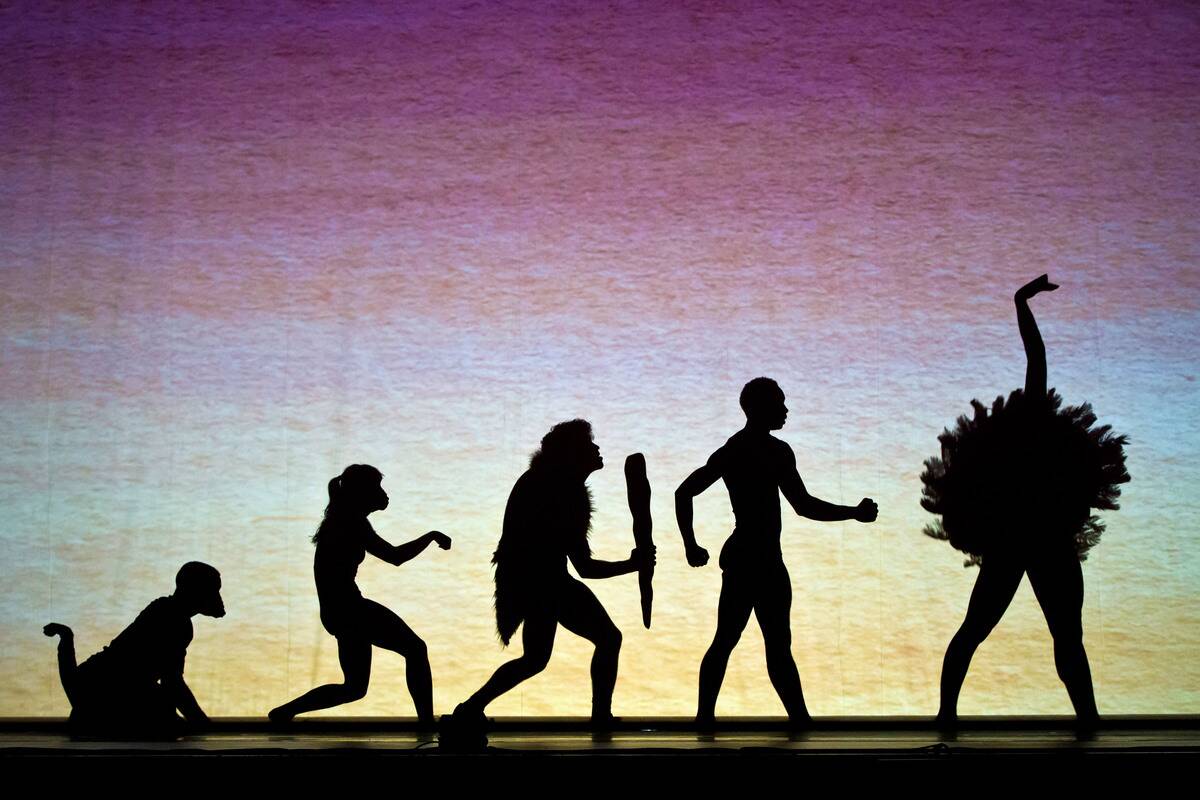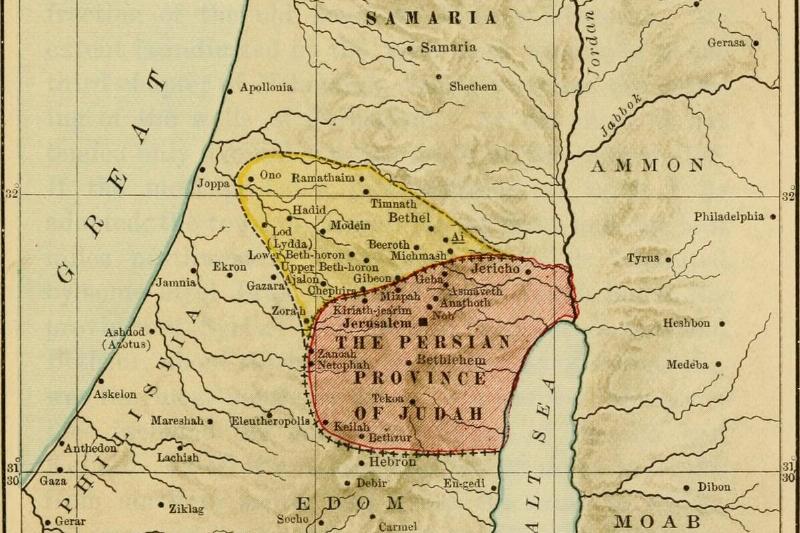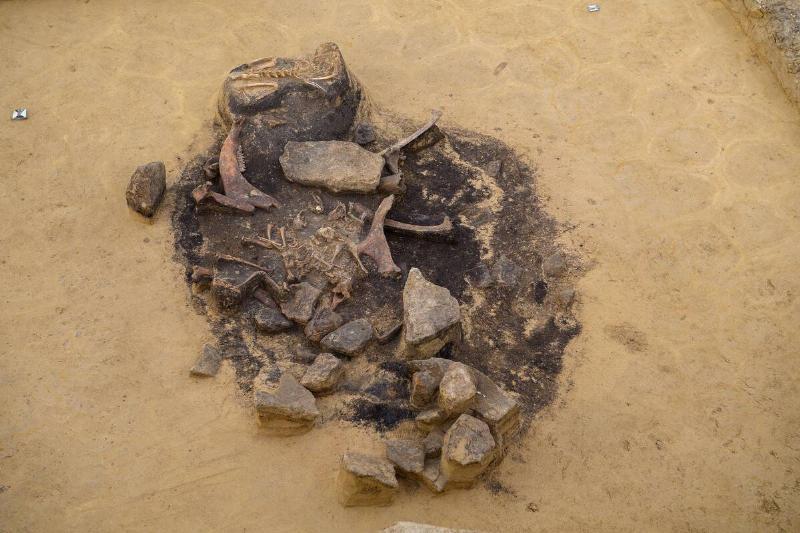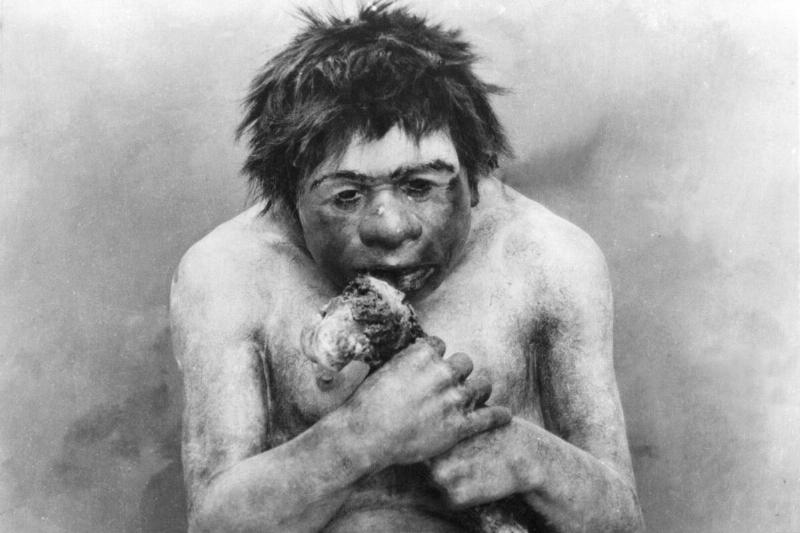Arrowhead Discovery Reveals Human Achievements Centuries Before They Were Thought To Happen
One of the most exciting and frustrating things about the world is how hard it is to nail down concrete facts about how it works. It’s not unheard of for a supposed fact to be agreed upon within the scientific community for years, only for new evidence to suddenly come out of nowhere that throws it all into question.
And as far as a new study is concerned, one amazing discovery caused precisely that kind of paradigm shift. Thanks to only a few new samples, the long-held assumptions of how humans came to replace neanderthals on this planet could now need a fundamental rewrite.
The birth of humanity

In a 2022 article from the Science Advances journal, a team of researchers led by Ludovic Slimak outlined that the earliest humans emerged in Africa over 300,000 years ago.
And they didn’t start to look like modern humans until about 195,000 years ago.
Where and when the earliest humans traveled
 According to the previous archaeological evidence Slimak’s team had researched, early humans took their first steps into what is now Israel between 194,000 and 177,000 years ago.
According to the previous archaeological evidence Slimak’s team had researched, early humans took their first steps into what is now Israel between 194,000 and 177,000 years ago.
They also may have traveled to Greece as far back as 210,000 years ago.
The importance of the Levant

In most archaeological research chronicling humanity’s prehistoric days, this region of the Middle East, known as the Levant, is considered a key gateway to their travels beyond Africa.
That said, the 2022 Science Advances article noted that the records archaeologists have of this period (known as the Late Pleistocene age) are an incomplete patchwork.
The evidence they do have
 Still, the evidence that does exist paints a picture of early humans migrating far and wide from their African homeland as their ancient bones discovered in East Asia date back about 80,000 years.
Still, the evidence that does exist paints a picture of early humans migrating far and wide from their African homeland as their ancient bones discovered in East Asia date back about 80,000 years.
Other remains from 65,000 years ago also suggest they would have made it to Australia as well.
Strangely late to the party

Yet when the previous archaeology records for Europe were considered, they gave the impression that it took humans a bizarrely long time to settle there.
Based on just five teeth recovered from three sites throughout Italy and one in Bulgaria, archaeologists were led to believe that humans didn’t appear in Europe until between 43,000 and 45,000 years ago.
Why they thought getting to Europe took so long

And as far as Slimak’s team could gather, the prevailing theories either positioned the terrain and climate of Europe as a barrier or blamed the area’s Neanderthals for driving them off.
No evidence of advanced technology

For that reason, it was easy to assume that if early humans did clash with Neanderthals, the larger and stronger Neanderthals easily overpowered them.
A neat and tidy assumption
 With these pieces of evidence to consider, the prevailing assumption was that once humans did gain a serious foothold in settling Europe 43,000 years ago, they simply replaced the Neanderthals.
With these pieces of evidence to consider, the prevailing assumption was that once humans did gain a serious foothold in settling Europe 43,000 years ago, they simply replaced the Neanderthals.
Appropriately, no Neanderthal remains appeared there more recently than 42,000 to 40,000 years ago, suggesting they died out as this settlement period was beginning.
Supported by early evidence

In addition to the drying up of Neanderthal remains after that period, archaeologists also noted the disappearance of their more primitive technology and techniques sometime between 41,000 years ago and 39,000 years ago.
With this in mind, not only was it easy to assume that early humans singularly replaced them, but there was also no evidence that the two populations had even met.
What was going on back then?
 While shoring up their background research, the team behind the 2022 Science Advances article noted evidence that pointed to multiple cases where early humans bred with Neanderthals in Asia.
While shoring up their background research, the team behind the 2022 Science Advances article noted evidence that pointed to multiple cases where early humans bred with Neanderthals in Asia.
And while it’s not impossible that something similar occurred in Europe, the researchers also noted no genetic traces in the last Neanderthals on the continent that link them to modern humans.
